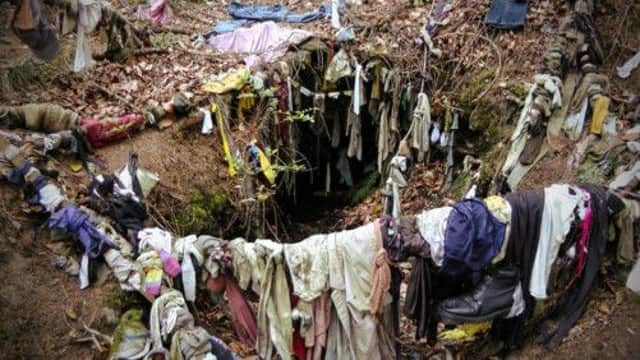Scottish fact of the week: Clootie well


Historically, visitors brought rags to clootie wells and tied them to nearby trees in the belief that the offering would cure sickness. As the cloth left at the well began to rot, the person for whom the offering was made would get better.
Traditionally, old rags and bits of cloth were brought to the well, but socks, t-shirts, dresses and even pants have been found twisted on the branches of the trees, hanging off the bark like clothes on a washing line.
Advertisement
Hide AdThough numerous in previous centuries, there are only two clootie wells in Scotland. One lies one mile away from Munlochy in Inverness-shire, and another can be found in Avoch on the Black Isle.
Clootie wells are not a uniquely Scottish phenomenon. Referred to as cloughtie wells in England, and raggedy bushes in Ireland, they are also found in Cornwall and Loughcrew, Oldcastle, County Meath.
Messages are sometimes written onto the rags, wishing health and happiness for whoever the rags were left for.
Pilgrimages to clootie wells are more frequent around the time traditional Gaelic festivals - May’s Beltane among them.